Nvidia GeForce RTX 2080 Ti and RTX 2080 Founders Edition Reviews
September 19, 2018 | 14:00
Companies: #nvidia
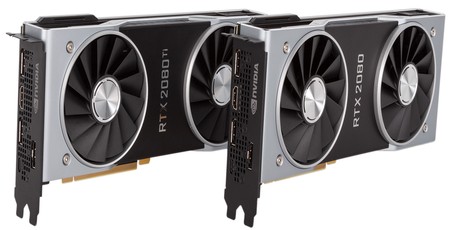
Performance Analysis
Before we start the analysis properly, we want to highlight a few limitations of our testing. First up, we haven’t tested HDR in any of the games, simply due to not having a HDR-capable screen – we’re working on sourcing one, and we’ll introduce some HDR testing when feasible.
We’re also currently limited to only a single implementation of DLSS in a game, and even that is in a demo direct from Nvidia. There’s not much we can do about it until more games are patched or released with DLSS support, but from our brief time with DLSS, we can say that performance can be much higher than with temporal anti-aliasing, and that image quality seems to compare in favour of DLSS. How it scales across different titles and performance settings remains to be seen, as does the performance impact of using the higher quality DLSS 2x setting.
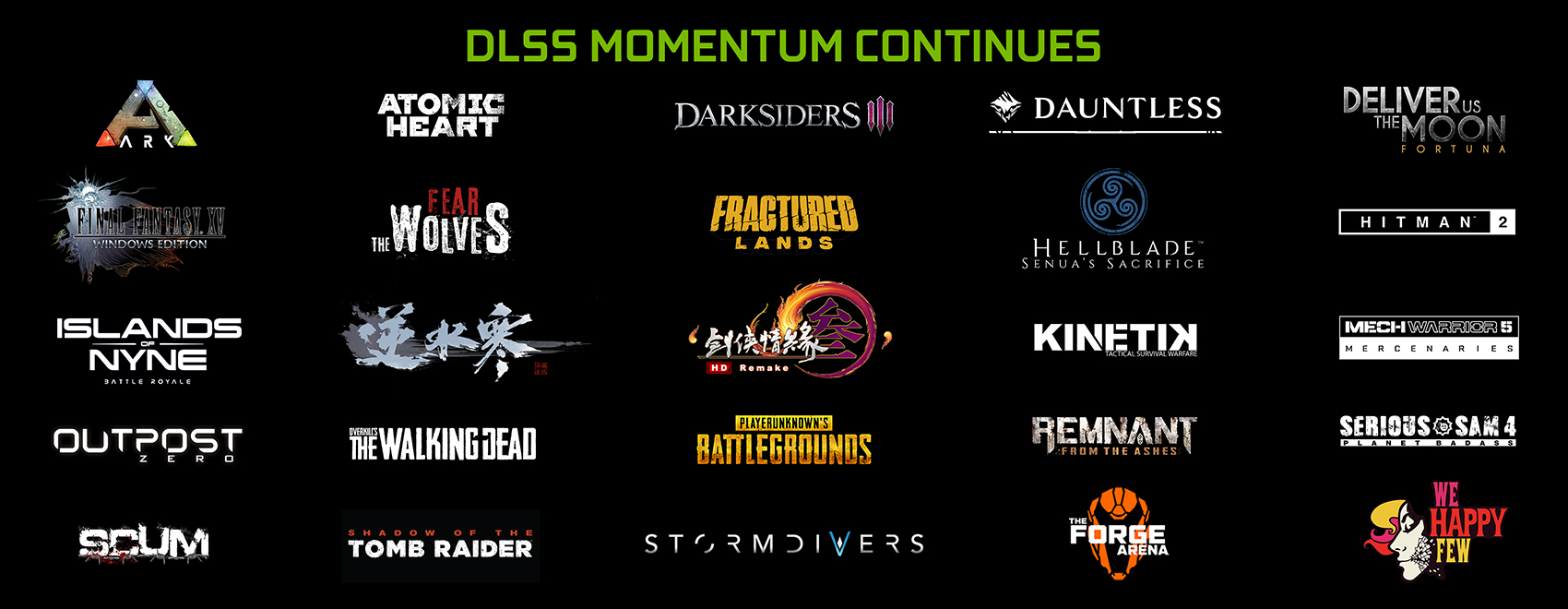
Sadly, we haven’t been able to test any in-game implementations of RTX and thus haven’t stressed the RT Cores at all. The simple reason is that DirectX Raytracing is yet to be released and will be delivered with the Windows 10 October 2018 Update, at which point you should start to see patches for games like Battlefield V, Assetto Corsa Competitzione, and Shadow of the Tomb Raider (which we have a copy of and are patiently awaiting said update of). This is perhaps the biggest omission from Turing testing, as while all the technical demos do look great, it’s extremely difficult to gauge what sort of in-game performance hit users can expect from both RTX and a combination of RTX/DLSS.
With any new architecture and first release drivers, it’s not uncommon to discover bugs, and this is exactly what happened with Total War: Warhammer II, where an apparent memory bug that sees usage increase dramatically with every benchmark run seems to be responsible for low minimum frame rates and, if you run the benchmark enough times, utterly crippled performance once data is forced off the frame buffer and into sluggish system memory. Nvidia is aware of and has confirmed the issue, so we imagine a patch is very much in the works.
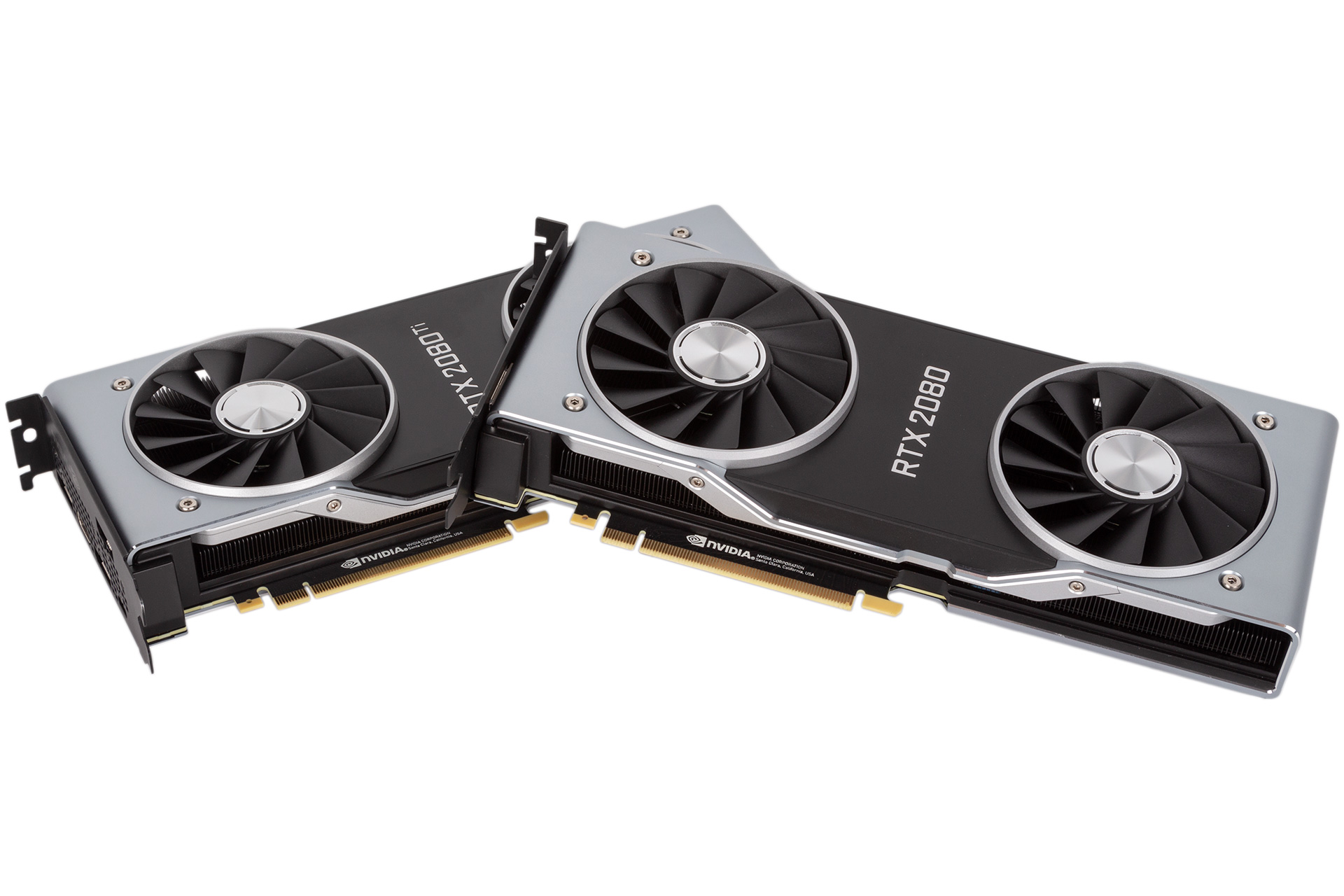
Warhammer aside, the RTX 2080 Ti is clearly a monster in traditional rendering workloads that inform our core benchmarking, and it easily claims the crown as the fastest gaming GPU. It really is a card that can tackle pretty much anything you care to throw at it, even at 4K and with all the settings cranked up. To be honest, the RTX 2080 is pretty much there with 4K too thanks to GTX 1080 Ti-like performance, but we’d posit that long-term it’s more suited to 1440p. Of course, choosing resolutions lower than these with the respective cards will allow you to take advantage of high refresh rate monitors.
Overall, there’s a 22 percent performance delta between the RTX 2080 Ti and RTX 2080 on average across our six games and synthetic workloads. Looking a little closer, we see the RTX 2080 Ti pulling away further at 4K, where it enjoys a 29 percent lead. The VRMark Orange Room scores are odd in how similar they are; we’re likely looking at a CPU limit here.
The RTX 2080 Ti also comes out as a whole 62 percent faster than AMD’s closest card, the Radeon RX Vega 64. It also consumes a little less power while doing so – it’s a stark gap.
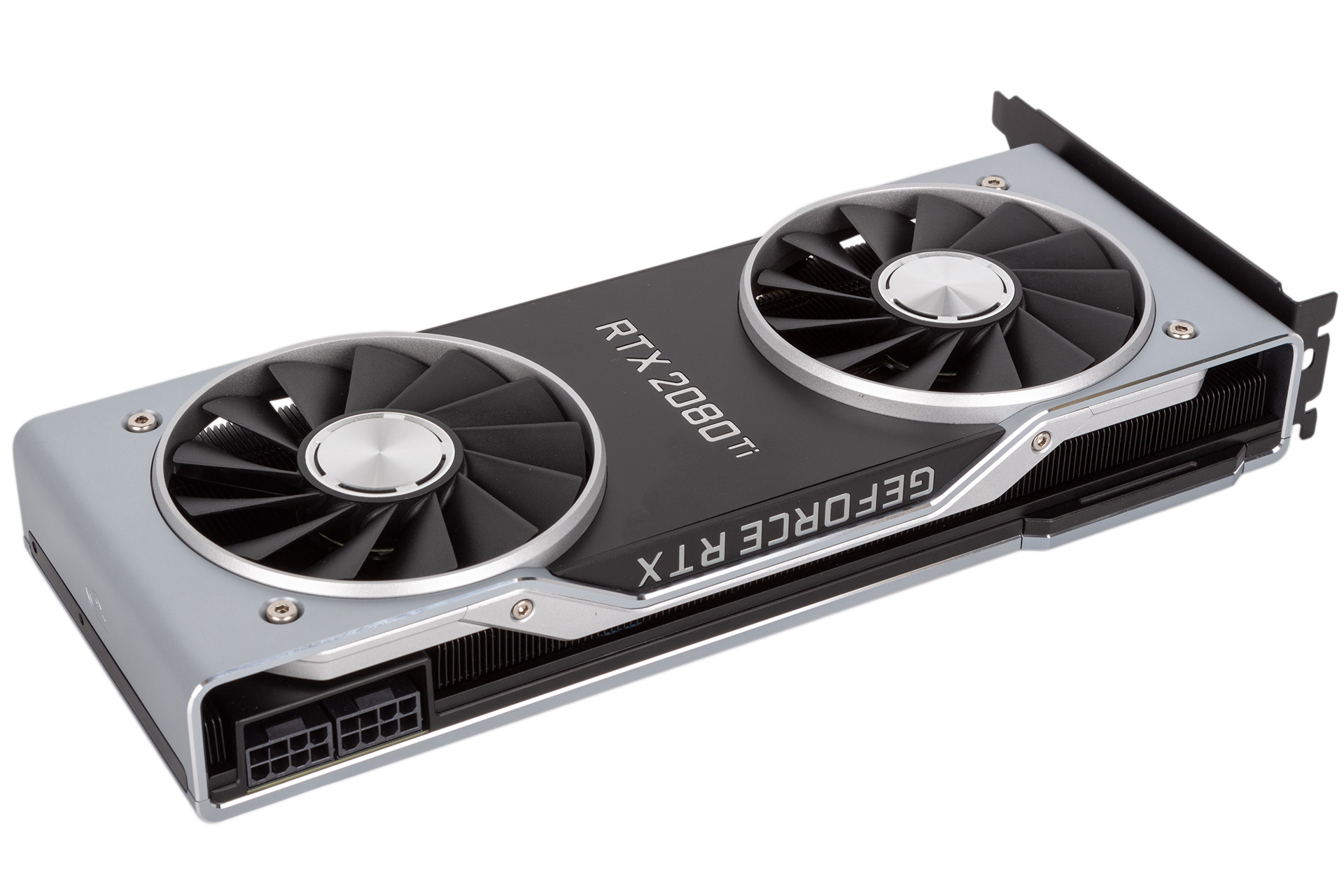
Looking at RTX 2080 Ti versus GTX 1080 Ti, we see an improvement of about 25 percent, an average which again disguises facts like a greater difference at 4K (an area where Nvidia has vastly improved) and very significant performance gains (~40 percent) in our Vulkan title, Wolfenstein II.
The RTX 2080, meanwhile, is very close to the GTX 1080 Ti, with less than three percent between them overall. We also see an average of 1.3x performance of the GTX 1080, although as expected some workloads are much higher e.g. VRMark Cyan Room and the Vulkan-based Wolfenstein, while others are lower like Fire Strike and VRMark Orange Room.
Where previous Nvidia Founders Edition/reference cards were good when it came to cooling, that was always followed by ‘for single-fan cards’, a description that can now be accurately removed. Both new FE cards run not only cool (sub-50°C on a delta T value is great) but also quiet, indicating the effectiveness of the new cooling solution. While neither is silent under load, the difference between these and previous generation single-fan cards was immediately obvious. The fans on our RTX 2080 peaked at 53 percent (just under 2,000 RPM), while those on the RTX 2080 Ti were at 57 percent (about 2,125 RPM). When idle, they both drop down to 1,500 RPM, which registers as 41 percent.
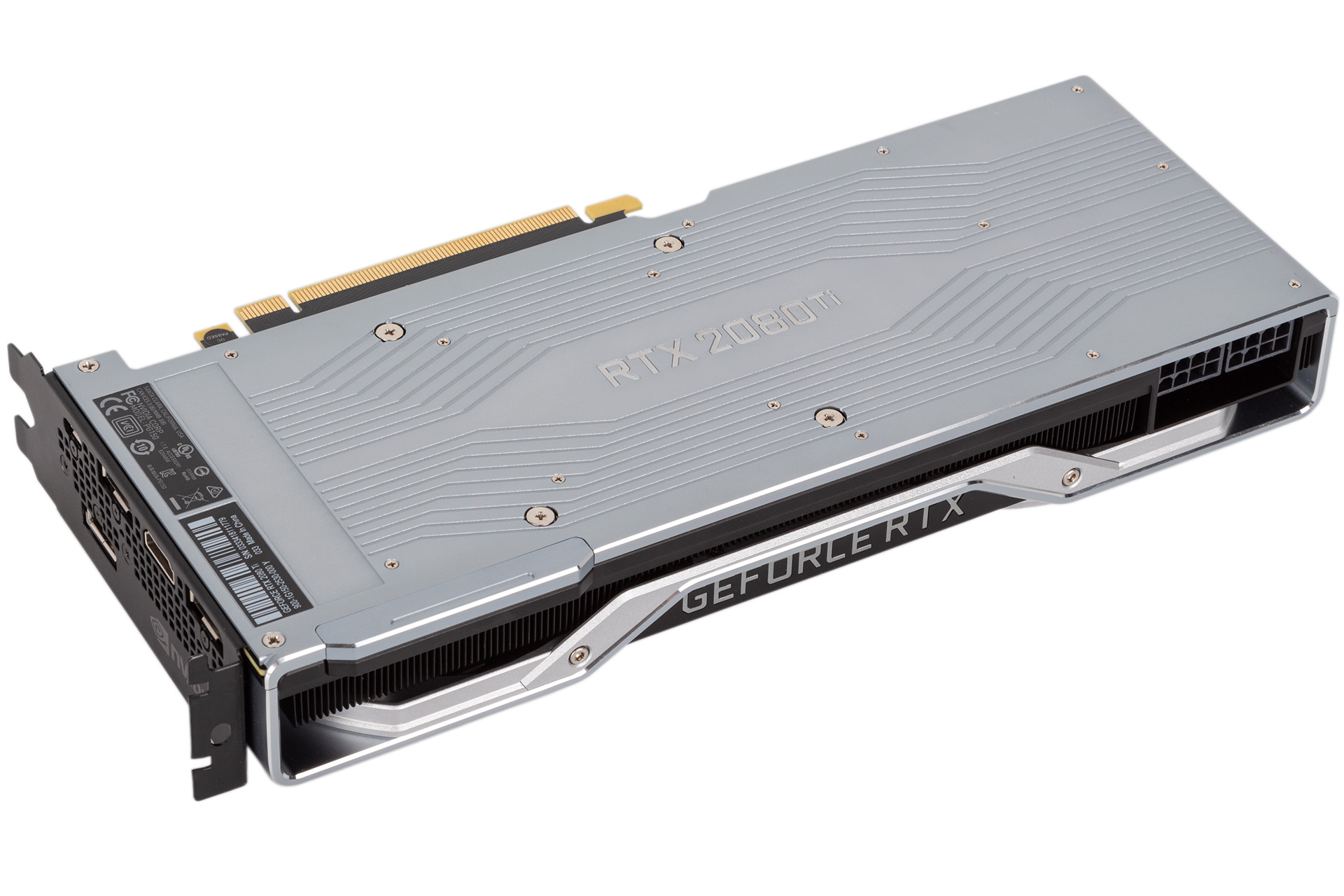
Power figures are where we’d expect them to be. There haven’t been major efficiency gains in traditional shader workloads with this new architecture, but it is worth noting that the RTX 2080 does still consume a little less power than an overclocked GTX 1080 Ti, with which it mostly keeps pace in benchmarks.
With the overclocked RTX 2080 Ti and RTX 2080 consuming 64W and 56W more power than at stock respectively, the Turing parts clearly aren’t afraid to use additional power headroom. It’s not a particularly efficient overclock, as the former only improved in our benchmarks by between eight and 13 percent while the latter went up by between six and 11 percent: not great, but not bad.

MSI MPG Velox 100R Chassis Review
October 14 2021 | 15:04


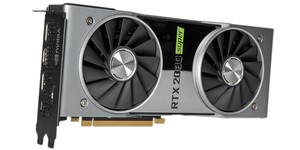
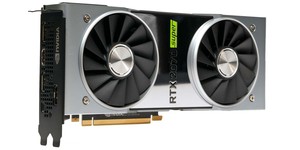





Want to comment? Please log in.